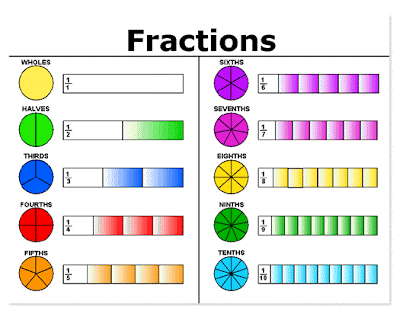
Welcome grade 4 class to the learning zone! My name is Ms. Logozzo and I am looking forward to embarking on a new journey with all of you. I want to begin with thanking each one of you for visiting the learning zone and working towards making this an interactive learning community. I have lots planned this school year for all you enthusiastic and eager students. Parents and students, please feel free to post any comments or questions at any time.
The learning zone has been set up to inform students and parents about current events, announcements, and course material related to the grade 4 classroom. Please find attached a variety of links suitable for both students and parents. I encourage each one of you to visit this site frequently since information will be posted regularly. The learning zone is open to suggestions so please feel free to post your comments.
Learning is an ongoing process that should not be limited to the classroom. I hope each one of you embraces this opportunity to expand your knowledge and acquire new skills. Let's work together and have a fantastic school year!
Sincerely,
Ms. Logozzo














